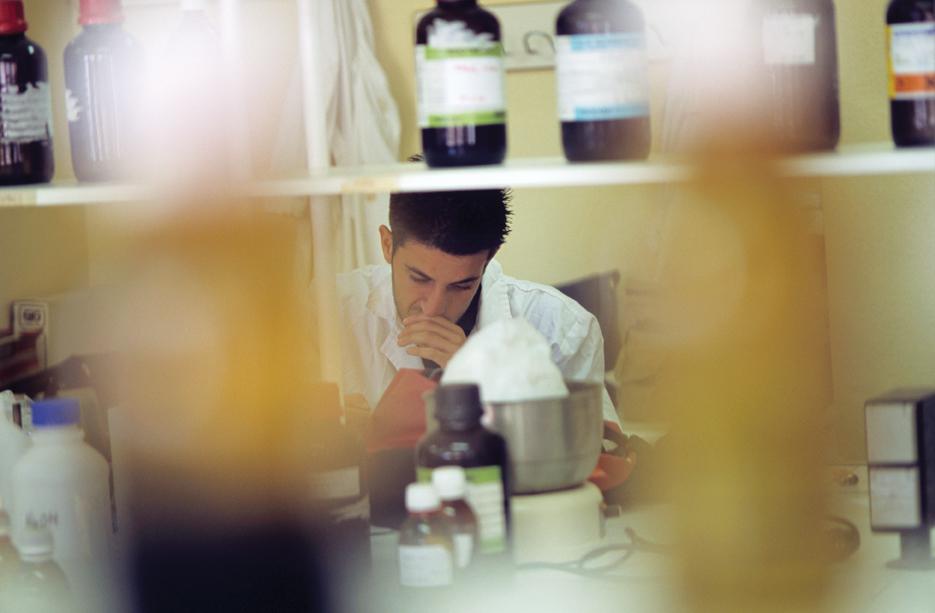 As people bundle up and eagerly await the end of the dreaded flu season, a more powerful threat is growing that may affect the fate of modern medicine as we know it. A recent study by researchers at the University of North Carolina Chapel Hill School of Medicine has revealed that the bacteria Staphylococcus aureus is only one step away from becoming resistant to every antibiotic known to humanity. Vancomycin is the only antibiotic remaining that can still affect S. aureus, but that is becoming less of a reality, according to uncnews.unc.edu.
As people bundle up and eagerly await the end of the dreaded flu season, a more powerful threat is growing that may affect the fate of modern medicine as we know it. A recent study by researchers at the University of North Carolina Chapel Hill School of Medicine has revealed that the bacteria Staphylococcus aureus is only one step away from becoming resistant to every antibiotic known to humanity. Vancomycin is the only antibiotic remaining that can still affect S. aureus, but that is becoming less of a reality, according to uncnews.unc.edu.
The study, conducted by a team of researchers led by chemistry professor Matthew Redinbo, sought to understand how this bacteria transmits antibiotic resistance to one another, which enables it to survive despite the presence of antibiotics such as vancomycin. Researchers decided to focus on enzymes in the bacteria for further clues.
The Nicking Enzyme in Staphylococcus was found to be responsible for the transfer of these resistant genes. NES works by cutting the circular DNA of the bacteria at specific points, which allows these plasmids to freely enter and integrate into other bacteria. This in turn, gives the bacteria antibiotic resistance.
As the number of effective solutions begins to dwindle, scientists from across the globe are scrambling to find their next move in this evolutionary arms race.
“We used to live in a world where antibiotics could readily cure bacterial disease, but this is clearly no longer the case,” Redinbo said in a press release.
S. aureus is found worldwide and can be carried in air moisture, animals and humans. People are no strangers to the bacteria as nearly one-third of the population carries it today within their throat and nasal passages. The effects caused by this pathogen can range from minor afflictions such as skin infection to the more deadly, such as meningitis, pneumonia and heart infection.
A beacon of hope exists that may halt this deadly strain from reaching its goal of antibiotic immunity. Using a crystal enzyme structure as his guide, Redinbo pinpointed an Achilles heel in the structure of the NES enzyme.
“As a structural biologist, it’s all about the pictures for me, and it was this picture that confirmed the precise location on which NES works,” Redinbo said.
Working with the California Institute of Technology, Redinbo took advantage of his discovery and created a synthetic molecule that blocks the NES enzyme from attaching to bacterial plasmid DNA, halting the transfer of these resistant genes. The ingenuity is a promising start in the reversal of antibiotic resistance in S. auereus and is a source of inspiration for future medical innovation.
Modern medicine is not dead just yet. Rather, it is evolving and changing as all life does on Earth.










